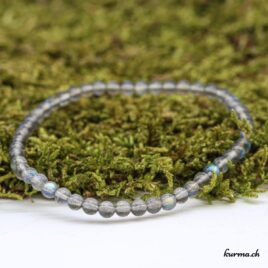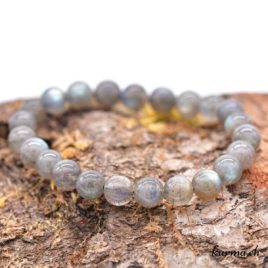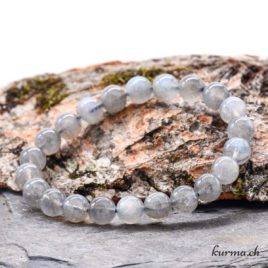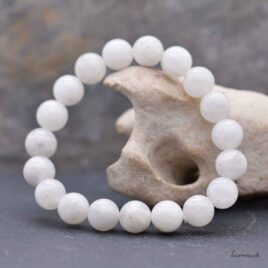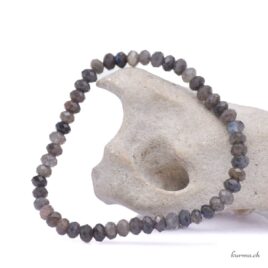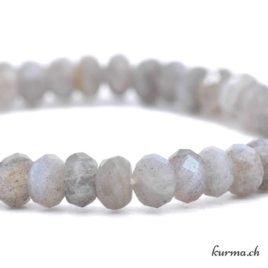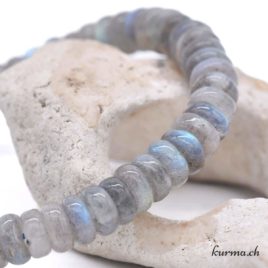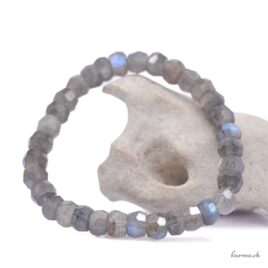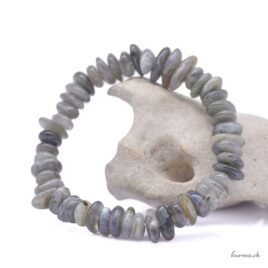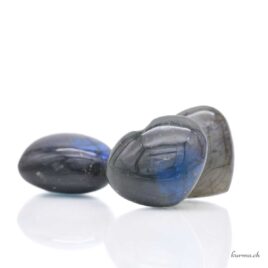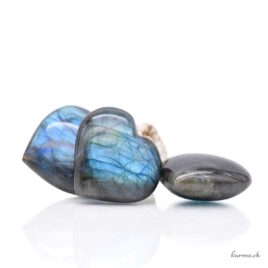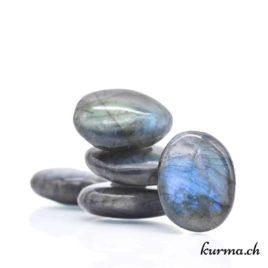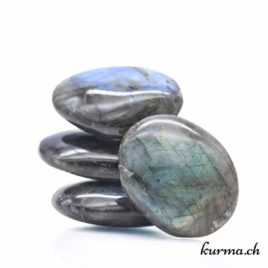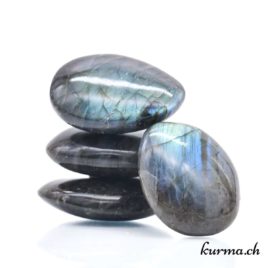Labradorite
fine rolled and raw blue, gray, white stones, adult/child bracelets, pebbles, menhirs, pendants, pearls, medallions, pendulums
Fascinatingly iridescent in blue, violet, silver and gold, Labradorite radiates a beautiful energy.
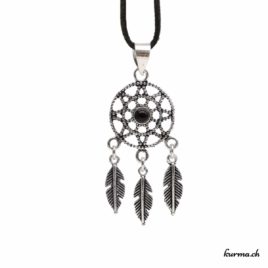
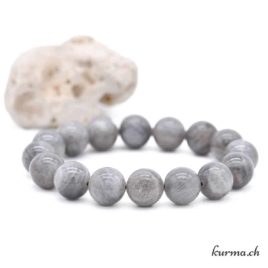




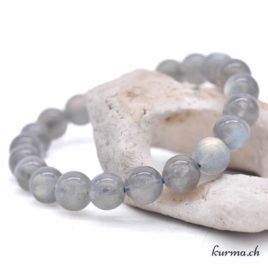

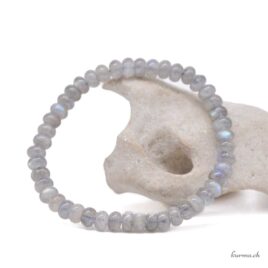




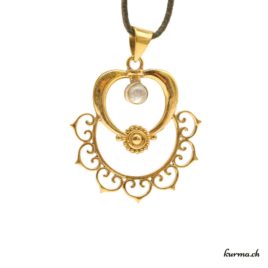
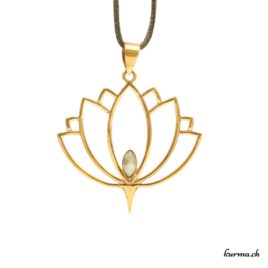


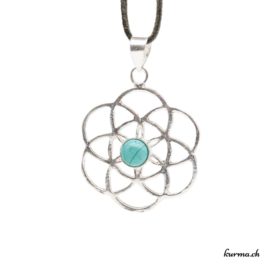

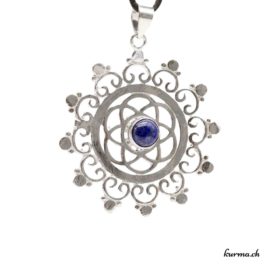
What are the properties and virtues of Labradorite in lithotherapy?
Do you often feel permeable to the energies, moods and emotions of others? Does your great sensitivity sometimes make you suffer? In lithotherapy, Labradorite is undoubtedly the stone for you.
Symbols and magical properties
The name Labradorite comes from the Labrador region of Canada, where it was officially discovered in 1770.
For the Inuit and Innu peoples, Labradorite links the terrestrial to the invisible worlds and contains the spirit and wisdom of the ancestors.
According to Inuit legend, Labradorite is the source of the northern lights. A warrior pierced a rock containing Labradorite with his spear and, thanks to this breach, light was able to escape and dance across the sky.
Another legend explains that Labradorite is the fire of the aurora borealis which, frozen by the cold, fell back to earth.
South American Indians consider her a messenger of the Gods and a celestial protector.
Benefits of Labradorite
A highly reputed stone of protection, it acts like a protective shield around the aura. Thanks to the arrangement of its atoms, in lithotherapy Labradorite can act like a magic mirror, reflecting and reversing negative energies, transforming and absorbing them.
It is nicknamed the therapist's stone Its action is said to help you avoid burdening yourself with things that don't belong to you, allowing you to feel fully liberated from all the projections (conscious or otherwise) that others may make of you.
Her support encourages you to take a more realistic and global view of your environment, to look beyond appearances, and teaches you not to become involved in someone else's agitated emotions or in problems that are not your own. It will then be easier for you to concentrate on your own questioning and avoid falling into the famous victim-helper-savior triangle.
Its play of light and color can help you dare to go into introspection, to bring to light your shadows, your repressed emotions and your wounds, so that the beauty of your authenticity is revealed.
Revitalize the eyes
In lithotherapy, its company helps you see the magic in everything. It contributes to a more open mind like a creative muse who connects you to your intuition, illuminating the infinite path of possibilities open to you.
According to tradition, it has the power to promote the development of your extrasensory perceptions and prevent the formation of gaps or energy leaks in your subtle bodies. Regenerating on the physical, energetic and psychic levels, it is welcome in cases of fatigue or moments of weakness.
On a physical level
According to tradition, Labradorite stimulates the kidneys, helps maintain the body's acid-base balance and can help improve memory.
Labradorite Meanings: Its Different Varieties
There are different varieties of Labradorite. All possess the virtues described above, but each has its own particularity:
White Labradorite
White Labradorite, also known as Peristerite, emanates an energy filled with gentleness and purity. With it, you take an enchanted bath in light, tinged with poetry.
Spectrolite or Blue Labradorite
It diffuses an energy of remarkable intensity and can be particularly powerful.
Larvikite
She's the aurora borealis of your dark nights, the one who transforms and makes the shadows dance in the subtle colors of a night sky to show you the magic that lies dormant within you.
Golden Labradorite
She's the sun that can shine in the middle of the night. With her, you shine and bring back to life what has remained dormant for too long.
Violet Labradorite
The violet iridescence of this Labradorite is an invitation to open yourself up to spirituality and to be receptive to the teachings of the subtle world, without letting yourself be fooled by illusions.
How to use Labradorite
To benefit from its protective virtues on a daily basis, wear it as a talisman.
In lithotherapy, contemplating Labradorite can help you sleep, concentrate, remember, reduce stress and anxiety and, according to tradition, broaden your mental and extrasensory perceptions.
Which stones to match it with? a ritual
To cultivate your intuition and understand the stone's messages with greater clarity, in lithotherapy you can combine Labradorite with the powers of Moonstone and those of Rock Crystal.
Here is a proposal for a simple ritual to benefit from the magic of these three stones:
If you have a choice to make or a direction to take, but you're not sure what your intuition is telling you, write down your question(s) (precisely and without negation) on a piece of paper. Lie down with this sheet of paper beside you. Place your Labradorite over your heart, your Rock Crystal above your head and your Moonstone over your 3ᵉ eye. Breathe deeply until you feel your whole body is relaxed. Formulate your questions aloud, asking your stones to help you see and understand the answers to your questions. Breathe deeply for at least 10 minutes without trying to hear the answers. Take up your paper and pen and, under your question, spontaneously write the1st message that comes to you before your mind gets involved.
Where to place a Labradorite?
A Labradorite in your living space gives off a protective and purifying energy. It raises the vibratory level of the space in which it is placed.
In your bedroom, if you want to enjoy a more restful sleep and have a clearer memory of your dreams.
In your living room, centerpiece or hallway for its protective properties.
In a therapy practice, an office, a hairdressing salon or any place where it's essential not to be disturbed by the problems, difficulties or emotions of others, so you can concentrate on your work.
Labradorite for whom?
Labradorite is well suited to people who are hypersensitive, easily permeable to the energies present in their environment and social circle.
For all those engaged in social or medical work, or in work in which they are exposed to the difficulties, illnesses, projections and problems of others: psychotherapists, holistic therapists, doctors, nurses, lawyers, masseurs, hairdressers, waiters, social workers, politicians, etc.
Purifying Labradorite
Moon, running water, earth, waveform, fumigation, singing bowl, prayers, ...Chakras
1er, 6e and 7e chakras - Root, 3e oeil and CoronalAstrological signs
Sagittarius, Pisces, Cancer and GeminiElements
Air and TerreLabradorite mineralogy
A member of the plagioclase feldspar family and the tectosilicate class, Labradorite is of magmatic or igneous origin - it occurs mainly in pegmatites and gabbros.
It forms in the upper layers of the earth's crust. The result of changes in pressure and temperature during its growth, its chemical composition is essentially a mixture of sodium and calcium, with silicon and aluminum.
Its marvellous play of colors on the cleavage planes and in the mass of the mineral, called labradorescence, results from the diffraction of light on its internal lamellae.
Variants according to optical and geological characteristics
Labradorite is gray or white with blue, green, yellow, gold and violet iridescence.
White Labradorite is called Peristerite, often (incorrectly) referred to as Rainbow Moonstone.
Spectrolite is a variety of Labradorite discovered in Finland, renowned for its intense iridescence, ranging from violet to red.
Another rock variety, Galaxite, features small inclusions of Labradorite.
Larvikite is a dark-gray variety of Norwegian Labradorite with dark-blue, gray or different-colored iridescence.
Golden Labradorite has golden and coppery highlights.
Black Labradorite reveals soft metallic sparkles.
Green Labradorite displays lamellae with greenish labradorescence.
The hardness of labradorite ranges from 6 to 6.5 on the Mohs scale. It's a relatively hard mineral - but can still be scratched by quartz.
Lithotherapy
- Zodiac(s) :
- Cancer, Gemini, Pisces, Sagittarius
- Purification :
- Singing bowl, Water, Fumigation, Moon, Form waves, Earth
- Physics :
- Brain, Fatigue, Kidneys
- Emotional :
- Emotional Injury, Self-confidence, Self-esteem, Hypersensitivity, Self-image
- Spiritual :
- Extrasensory abilities, Intuition, Limits, Subtle worlds (connection), Protection, Sense of reality
- Miscellaneous :
- Creativity, Protection
Mineralogy
- Hardness :
- 6.0-6.5
- Moths scale:
- 6
- Strunz classification :
- Silicate
- Crystalline system :
- Triclinique
- Chemical element :
- Na, Ca, Al, Si, O
- Line color :
- White
- Density :
- 2.69-2.72
- Cleavage :
- Perfect
- Fracture:
- Uneven, fragmented
- Transparency :
- Transparent to opaque
- Refringence :
- Np=1,550 to 1,564, Nm=1,558 to 1,568, Ng=1,564 to 1,573
- Birefringence :
- +0,007 à +0,012
- Pleochroism :
- Null to variable depending on color: colorless, yellow to dark yellow, even orange (Oregon orange labradors).
- Colors :
- Grey or white with blue, green, yellow, gold and violet iridescence
- Magnetism :
- no
- Radioactivity :
- no
Discover different varieties of Labradorite
*Please note! Some minerals may be toxic and must not be licked or ingested (as such or in the form of powder, elixir or stone water) or be in prolonged contact with the skin or mucous membranes.
*The information on the stones described here are general indications based on our research and experience, and are not exhaustive.
Reproduction in whole or in part of this content is prohibited. More info


